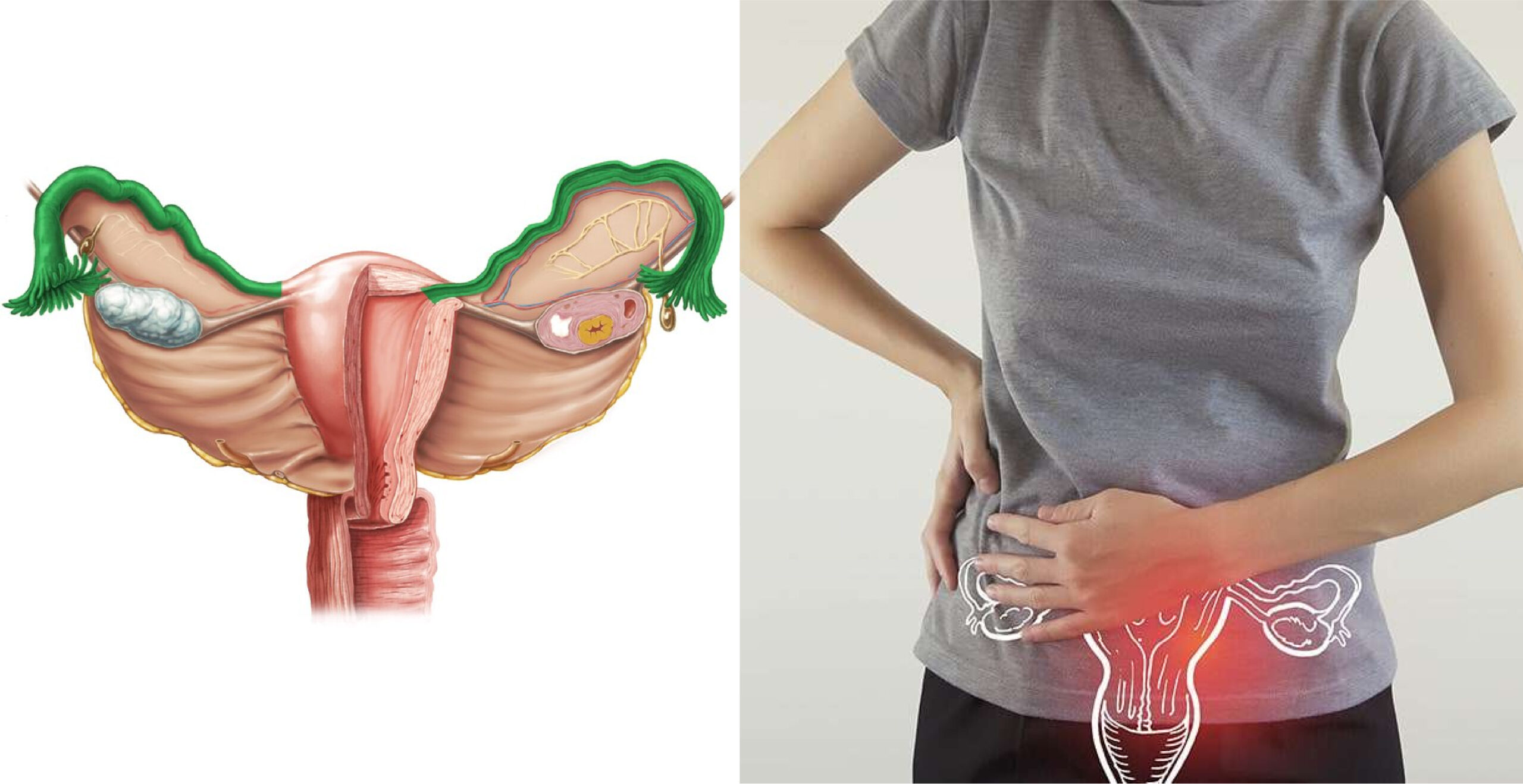The fallopian tube, also known as uterine tubes or salpinges, play a crucial role in female reproductive health. These narrow ducts are situated on either side of the uterus and serve as the conduits through which the eggs travel from the ovaries to the uterus. Understanding the structure, function, and potential health issues related to the fallopian tubes is essential for recognizing symptoms of disorders and promoting reproductive health.
Anatomy and Function of the Fallopian Tubes
Each fallopian tube is about 10 to 12 centimeters long and consists of several parts: the infundibulum, ampulla, isthmus, and interstitial part. The infundibulum, located near the ovary, contains finger-like projections called fimbriae that help capture the released egg. The ampulla is the widest section and the typical site for fertilization. The isthmus is a narrower section that connects to the uterus, and the interstitial part penetrates the uterine muscle.
The primary function of the fallopian tubes is to transport eggs from the ovaries to the uterus. During ovulation, the fimbriae sweep the egg into the tube, where it may meet sperm and become fertilized. The tubes are lined with ciliated epithelial cells that help move the fertilized egg toward the uterus for implantation. This environment is not only a pathway but also provides the nutrients necessary for the egg and sperm to survive and the early embryo to develop.
Common Disorders of the Fallopian Tubes
Several conditions can affect the health of the fallopian tubes, leading to symptoms like pelvic pain and infertility. Some of the most prevalent disorders include:
Pelvic Inflammatory Disease (PID)
PID is an infection that can involve the uterus, ovaries, and fallopian tubes. It is primarily caused by sexually transmitted infections like chlamydia and gonorrhea. Inflammation in the fallopian tubes, known as salpingitis, can cause scarring and blockages, which may prevent the egg and sperm from meeting, leading to infertility.
Ectopic Pregnancy
An ectopic pregnancy occurs when a fertilized egg implants outside the uterine cavity, often in a fallopian tube. This condition is dangerous and can cause the tube to rupture, leading to severe internal bleeding. Risk factors for ectopic pregnancy include previous fallopian tube damage, smoking, and certain fertility treatments.
Tubal Blockage
Fallopian tube blockages can occur from PID, endometriosis, or surgical complications. These blockages can prevent sperm from reaching the egg or stop a fertilized egg from reaching the uterus, causing infertility. Diagnostic methods like hysterosalpingography (HSG) or laparoscopy are used to identify such blockages.
Hydrosalpinx
Hydrosalpinx is a specific type of blockage where the fallopian tube fills with fluid. This condition can also be a consequence of PID or endometriosis. The fluid in the tube may prevent implantation of a fertilized egg by flowing back into the uterus and disrupting the endometrial lining.
The Role of Cilia in Fallopian Tube Function
The inner lining of the fallopian tubes is covered with tiny hair-like structures known as cilia. These cilia are not just structural features; they play a critical role in the reproductive process. After ovulation, when an egg is released from the ovary, it is the cilia’s responsibility to gently propel the egg through the fallopian tube towards the uterus. This movement is crucial because it aligns with the timing of sperm arrival and fertilization. The cilia’s coordinated, wave-like motions ensure that the egg moves at the right pace to meet the sperm at the optimal location for fertilization, typically within the ampulla section of the tube. This precise coordination highlights the fallopian tube’s role not just as a passive conduit, but as an active and essential participant in the fertilization process.
Hormonal Influence on Fallopian Tube Function
The functioning of the fallopian tubes is significantly influenced by female hormones, particularly estrogen and progesterone. These hormones modulate the activity of the fallopian tubes throughout the menstrual cycle, affecting everything from the movement of the cilia to the secretion of nutrients that support the egg and early embryo. Estrogen increases during the first half of the cycle, enhancing the motility of the cilia and promoting a fertile environment for the egg. After ovulation, progesterone levels rise, altering the tube’s environment to support potential fertilization and early development of the embryo. This hormonal regulation ensures that the fallopian tubes are optimally prepared for their role in each stage of the reproductive cycle.
Fallopian Tube Health and Reproductive Technology
Advances in reproductive technology have shed light on the importance of fallopian tube health in overall fertility. Techniques such as IVF bypass the fallopian tubes entirely, which can be beneficial for women with damaged or blocked tubes. However, preserving or restoring fallopian tube health remains a priority for natural conception. Research in reproductive medicine continues to explore methods to repair or enhance fallopian tube function, including potential regenerative therapies that could heal tube damage or rejuvenate ciliary function. These advancements underscore the critical nature of fallopian tube health and open new possibilities for treatment and management of related fertility issues.
Diagnostic and Treatment Options
Diagnosing fallopian tube disorders involves several techniques:
Imaging Studies
Pelvic ultrasound and HSG are common methods used to visualize the reproductive organs and detect abnormalities in the fallopian tubes. HSG involves injecting a dye into the uterus and taking X-rays to see the passage of the dye through the fallopian tubes.
Laparoscopy
This minimally invasive surgery involves making small incisions in the abdomen to insert a camera and instruments. It allows doctors to directly view the fallopian tubes and other reproductive organs, which is helpful for diagnosing conditions like hydrosalpinx or ectopic pregnancy.
Treatment Approaches
Treatment depends on the specific condition and its severity. Antibiotics are used to treat infections like PID, while surgical options may be necessary to remove blockages or damaged sections of the fallopian tubes. In cases of severe damage, in vitro fertilization (IVF) may be recommended to achieve pregnancy, as it bypasses the fallopian tubes entirely.
Conclusion
The fallopian tubes are vital components of the female reproductive system, essential for fertilization and early embryonic development. Understanding their function and the common disorders that can affect them is crucial for maintaining reproductive health and managing conditions that could impact fertility. Regular check-ups and prompt attention to symptoms like unusual pelvic pain or irregular menstrual cycles can help detect and treat fallopian tube disorders effectively, preserving fertility and overall reproductive health.
The Inspiring Journey of Therealbrittfit: Fitness, Motivation, and Social Media SuccessRead more:




